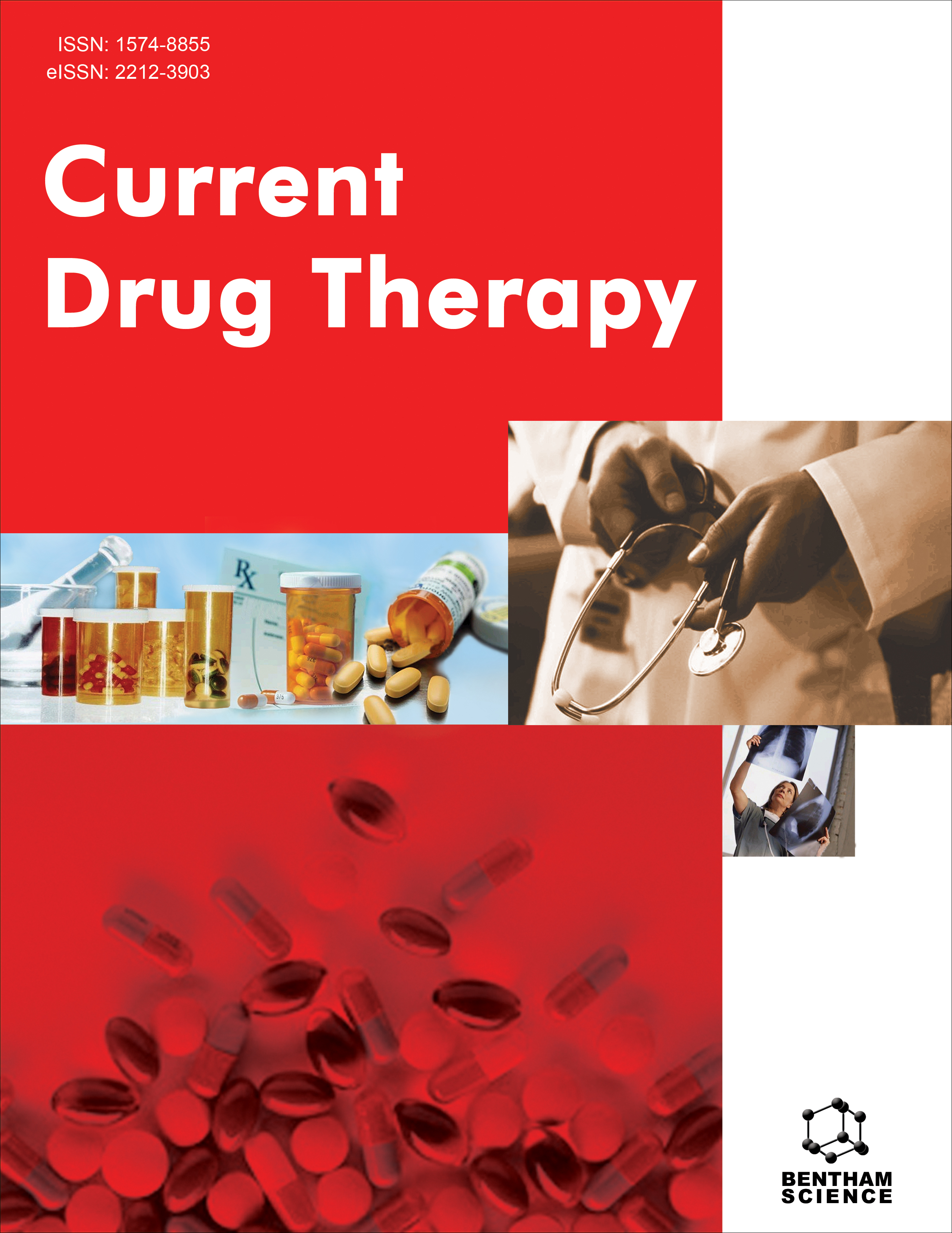
Full text loading...

This study aims to evaluate the efficacy of a comprehensive management plan in the treatment of diabetic foot ulcers (DFUs). Evaluating the effects of wound debridement on the outcomes of diabetic foot ulcers, advanced dressings, blood sugar control, and offloading strategies are the main objectives. The study also intends to investigate the function of surgery in managing chronic ulcers and preventing recurrences. The goal is to offer advice for managing DFUs optimally and lowering related morbidity based on evidence.
The intervention program includes techniques like wound debridement, advanced dressings, unloading modalities, blood sugar level control, and, where necessary, surgical treatments. Growth factors, electrical stimulation, negative pressure wound therapy, bio-engineered skin, and hyperbaric oxygen therapy are among the many treatments that are included. Regression models are among the statistical analyses used to assess the efficacy of the overall management strategy.
Significant findings are presented in the results section, which shows how the holistic management strategy improves DFU outcomes. Improved wound healing rates, reduced infection incidents, and enhanced patient-reported outcomes are highlighted. The results underscore the significance of maintaining blood sugar levels, wound debridement, and incorporating various therapeutic modalities in DFU management.
This study concludes by recommending a thorough and interdisciplinary approach to DFU management. Maintaining blood sugar levels, debridement of the wound, sophisticated dressings, unloading techniques, and surgical procedures are among the effective strategies that help reduce morbidity and prevent serious complications related to diabetic foot ulcers. Additional investigation is necessary to enhance and broaden these results for ongoing progress in the management of diabetic foot ulcers.